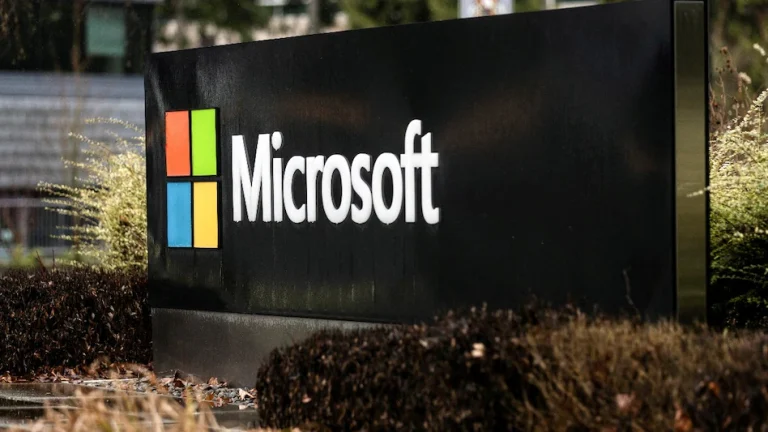There’s a specific sound in a hyperscale data hall—the low, layered thrum of fans, the faint metallic tang in the air, and the nervous optimism of engineers who know their racks are the modern oil wells. Now imagine that sound scaled to a wager with eleven digits. Reports that Nvidia is preparing to invest up to $100 billion in OpenAI read less like a deal memo and more like a declaration of industrial policy: own the model, own the workload, own the silicon pathway end to end.
Not just money—control of the stack
Nvidia already sits at the choke point of AI demand. Its GPUs are the pickaxes, its networking the conveyor belts, its CUDA ecosystem the language workers speak on the mine. A mega‑investment into OpenAI would tighten that grip, turning a key customer into a semi‑captive partner and aligning incentives from chip tape‑out to inference pricing. It’s vertical integration by any other name—capex influence on the model roadmap, model influence on hardware features, and a direct say in what the next trillion tokens of compute actually consume.
The strategic logic is blunt. If Nvidia helps finance OpenAI’s compute hunger, it keeps that spend inside its own cathedral: H200s, Blackwell, GB200 superchips, NVLink, InfiniBand—plus the CUDA moat that keeps rivals sweating. For OpenAI, the trade is clear too: priority access to bleeding‑edge silicon and interconnect at scale, with the capacity guarantees that keep product roadmaps realistic instead of aspirational.
Pressure everywhere else
Such a war chest would force hands up and down the stack. Cloud titans would need to answer—Microsoft with deeper infra interlocks and Azure‑native optimizations; Google and Amazon by accelerating their TPU/Trainium narratives and closing the gap on developer mindshare. Model competitors would sharpen their pitch around openness (Meta, Mistral), price/performance (Cohere, Anthropic), or specialized verticals that don’t need frontier‑model sprawl. Chip challengers—from AMD to a clutch of custom silicon players—would lean harder into open tooling, cost curves, and supply surety.
Datacenter operators would feel the tremor too. Power contracts, liquid cooling, high‑bandwidth memory supply, and fiber backbones would become the quiet battlegrounds where delivery beats vision. A $100 billion vote says: build capacity yesterday, then build it again.
The antitrust shadow
Big checks cast long regulatory shadows. Expect immediate scrutiny over foreclosure risks: Does tying capital to preferred silicon foreclose rivals from critical capacity? Could software moats (CUDA) paired with priority chip access, form an exclusionary loop? Regulators have learned from cloud‑and‑app store fights; they’ll probe data access arrangements, pricing transparency for compute, and whether developers retain a credible path to portability. Even “soft” remedies—commitments on fair allocation, cross‑vendor compatibility, and open model interoperability—will be on the table.
What changes on the ground
- Pricing gravity: If capacity certainty improves, the cost of training and running frontier models can step down on a predictable curve, especially for partners inside the tent. That cascades to product teams who can scope features around assured throughput instead of allocation lotteries.
- Product cadence: Model upgrades start to align with silicon rollouts—compiler gains and kernel tricks arrive alongside new GPUs, squeezing more work per watt and tilting benchmarks in favor of the sponsored stack.
- Developer reality: The CUDA moat deepens unless serious, well‑supported alternatives hit parity. Expect renewed pushes for multi‑backend frameworks and “compile once, run anywhere” claims to blunt lock‑in.
Risks the headlines gloss over
A giant check doesn’t immunize anyone from physics or fatigue. HBM supply is tight, grid interconnects are slow, and cooling upgrades take real concrete and copper. Talent is finite; shipping reliable agents, safety layers, and enterprise‑grade tooling at this pace is brutally hard. And concentration risk is real: if one model family and one silicon pathway dominate, correlated failures—technical, economic, or policy‑driven—carry larger blast radii.
There’s also brand risk. OpenAI must convince the world it’s not just a house model for one chip vendor, while Nvidia must show it can back an ecosystem leader without chilling competition. Transparent capacity allocation, open benchmarking, and credible portability stories will matter more than slogans.
The tell to watch
Don’t fixate on the headline number; watch the build. Power purchase agreements. HBM foundry expansions. Liquid cooling rollouts. Compiler release notes that quietly turbocharge specific operators. Spot markets for GPU time are flattening as long‑term contracts take the froth out of scarcity. And listen for the softer tell: product teams talking more about “what we can promise” and less about “what we hope we can run.”
We’ve spent two years calling GPUs the new oil. If Nvidia writes a $100 billion check into OpenAI, the metaphor snaps into focus. This isn’t just drilling more wells; it’s buying the refinery, the pipelines, and a guaranteed buyer at the dock. If it happens, the AI economy won’t just grow. It will rebalance—toward the players who can finance compute at planetary scale and ship it on time, block by block, watt by watt, token by token.







